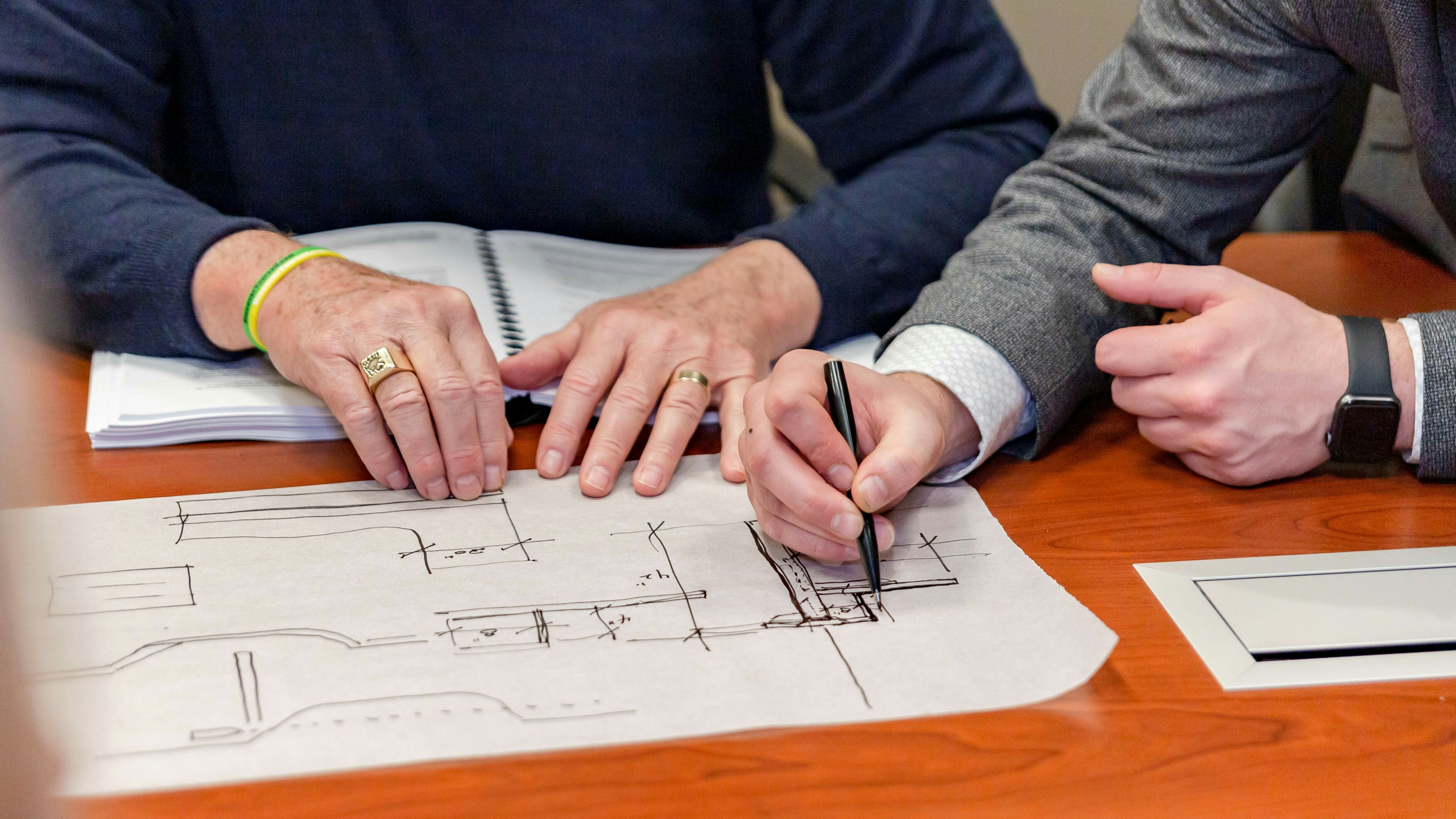
Our team sees firsthand how inflation and labor and materials shortages impact the built environment. As part of our mission to remain a dedicated, strategic partner to our clients, we’ve gathered insights from our partners across the country in the construction and consulting arenas about how owners can best continue navigating these challenges and ensuring project success.
In part three of our 3-part series, our Illinois government team shares their perspective on the impact increased costs and labor and material shortages have on project owners. Continue reading for counsel from Matt Bickel, partner at Wold Architects and Engineers, John Goers, managing partner at Architectural Building Solutions, Inc., and Todd Peyron, vice president of estimating at Camosy Construction, about how to navigate the current environment.
It’s no secret that the cost of delaying projects has become more expensive. In response to the drastic inflation experienced in recent years, the Federal Reserve System has continued to raise interest rates, and because of this, our team recommends moving forward with projects as quickly as possible. While a month delay may not seem like much, pushing your projects could end up costing your organization between 8 to 12 percent if delayed for a year.
While we can’t predict what will happen, costs are not projected to go down any time soon, and projects will likely not get less expensive. With no definite end in sight to current lead time issues, looking for opportunities to strategically “pre-order” or “early-bid” select project components may allow for construction to be completed without delays and in time for your identified deadlines.
Now more than ever, planning ahead can save you serious time and money. Be forward-thinking with your projects, and engage an architecture firm in a master plan for your entire facility’s needs over the next few years. Being hyper-aware of ways to reduce both time spent and the number of people needed to complete a project and remove friction prior to starting will set you and your construction industry partners up for success during this period of increased inflation and uncertainty.
Matt Bickel, AIA, LEED AP | Partner
The consumer price index continues to increase despite continued increases to interest rates. With this announcement, I still believe predicting where costs will head in the coming year would be inauthentic.
The challenge with the products our industry provides is that they are made up of many raw materials sourced both domestically and internationally. While one key ingredient may have shored up supply and cost may be leveling off, another could become constrained, thereby limiting the production of the finished product. This is exactly what we saw in 2021 and 2022 with constraints driving record inflation. All goods - consumer, industrial, building products - can not escape these disruptions.
There also continues to be uncertainty with the global economy. Some European industries have reported a 600 percent increase in energy costs. What is happening there will have an impact on all of us in the U.S. As a manufacturer, my advice to customers is to continue to communicate their needs, projects and timelines and be open-minded to alternate products. Education is key today, with many of us never having seen anything like this in our lifetimes, and we should always be transparent and honest with our customers.
While we can’t predict how it will shake it out, here’s guidance that we continue to provide to our partners in the commercial roofing industry:
John W. Goers | Managing Partner
It is becoming increasingly difficult in the industry to predict what materials will cost tomorrow, let alone in the future. One of the recommendations the Camosy team makes is to choose a construction management contract rather than a general contractor contract to allow the construction manager to work directly with the design team during pre-construction and identify potential supply chain and volatile market pricing issues before bidding.
Owners must be proactive in procuring high-priced or long lead-time items and materials to prevent schedule conflicts during construction. Regardless of whether it's the owner purchasing materials or the construction team establishing early bid packages, the earlier everyone can plan to do so, the better.
Todd Peyron | Vice President of Estimating